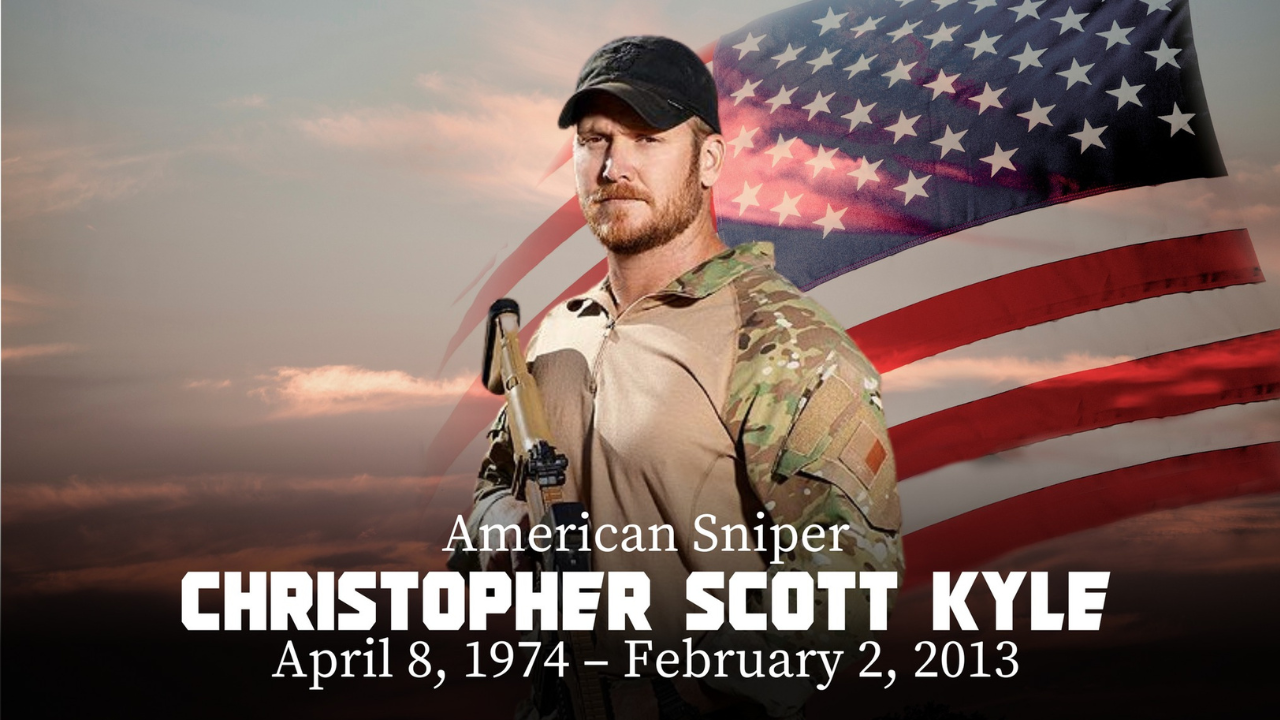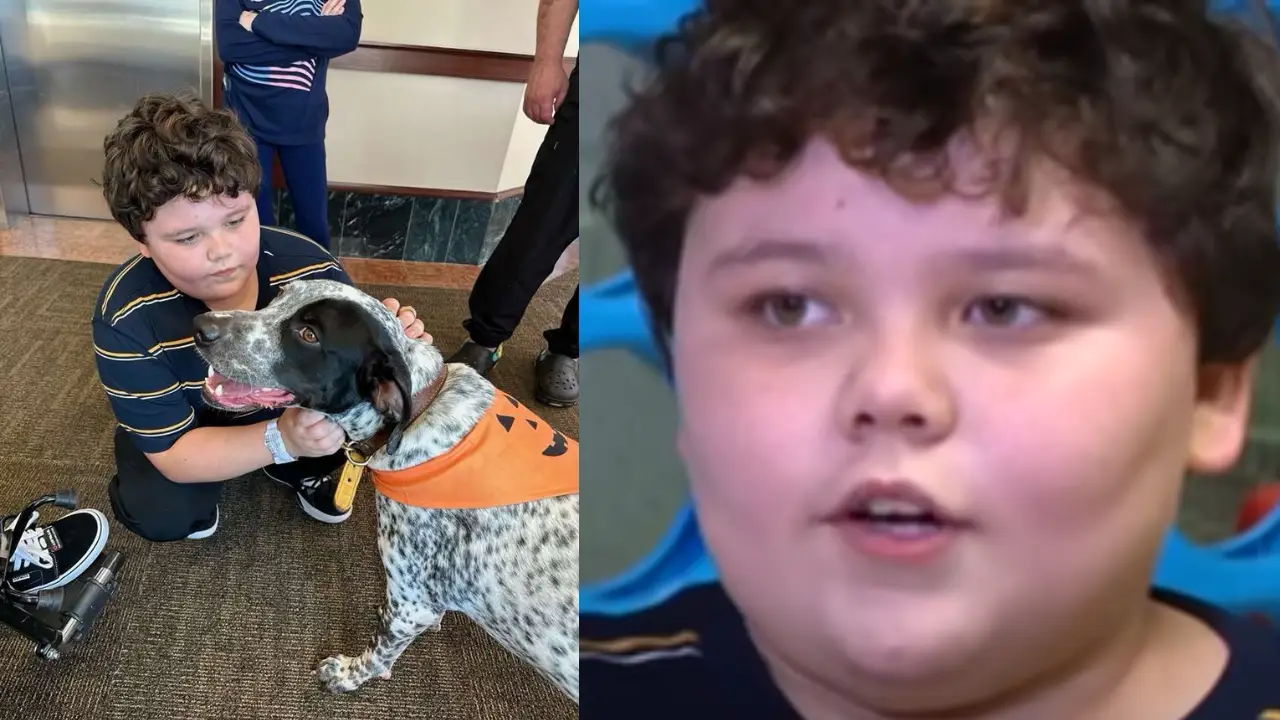Dillon Behr STORY – Fight the Enemy

I was born and raised in Rock Island, Illinois, right about on the border between Illinois and Iowa. After high school, I went to college, but to be frank, I wasn’t a very good student. I jumped around between three different schools over four years, didn’t do well at any of them, and after 9/11 happened, I knew I needed some more discipline in my life.
That’s when I decided to join the Army. Of course, at that time, I did not know that one could directly enter Special Forces if qualified. So, after taking the Army’s entry tests and scoring high enough, I got selected as a candidate. So, I joined, went through basic training, and started my journey toward becoming a Green Beret.

The Difficulty of Special Forces Training
Training to be a Green Beret had been intense: mentally and physically.Running was the hardest part for me. I was a very poor runner, and besides, it was just a case of not only physical issues but mental toughness. You could quit time, and many did.
But I wasn’t going to give up-the things that stick with you through life-and I knew why I wanted to be part of the Special Forces. Watching others quit only fueled my determination to make it through.
It wasn’t until three years of training later, in 2005, that I finally received my Green Beret. It felt just like college graduation, but it was way harder, both mentally and physically. It still is one of the greatest accomplishments for me.

First Deployment: Iraq
Immediately after earning my Green Beret, I deployed to Iraq with the 3rd Special Forces Group, so my team was already deployed, and after a couple of weeks of processing, I joined them in Tal Afar. On my second day in Iraq, we were tasked with taking back the city from insurgents. Well, intense. We had firefights; however, we had fire superiority, and that made the difference.
Thrown into combat my first week-it was trial by fire, but by the end of it, I had survived, and I guess that in and of itself was a small victory. Afterwards, we spent months training Iraqi soldiers, with various degrees of success: some were top-notch, others. well, let’s just say they didn’t need more work.
From Iraq to Afghanistan
In the time between my deployment to Iraq and my deployment to Afghanistan, I did work training Afghan police units. The greatest difference I noticed between Iraq and Afghanistan was in the people. I didn’t have the best experiences with Iraqi people I met. In contrast, the Afghan people seemed more welcoming and appreciative of our help. This made me feel like the mission was much more worthwhile.

Battle of Shock Valley
Of all of the missions conducted in Afghanistan, one really stands out-April 6th of 2008, in Shock Valley. My team was supposed to conduct an operation on high-priority insurgent leaders. Well, that mission didn’t unfold as planned. Our lift-off was to be placed down in a valley surrounded by steep mountains, and prior to being able to make our way in toward the target, we became ambushed.
The enemy had the high ground, with an under-prepared opposition.The firefight started when one of our teammates spotted insurgents armed with an RPG. That is when all hell broke loose. We had just about zero cover as bullets rained onto us.
I tried to move from a small rock outcropping to a better position but was shot in the hip. The pain was immediate and intense-like being hit by a car and electrocuted at the same time.
Surviving Against All Odds
I thought I was done. I literally thought that I was going to bleed out because it hit right near the femoral artery. But then my teammate Luis Morales reached me and started applying pressure to stop the bleeding. As he’s trying to help me, he gets shot too. It was terrific to see that even injured, he was still helping me, until it hit him again this time in the ankle.
That firefight lasted for six hours in which time our team was able to gain fire superiority. At the end, we had roughly 150 insurgents killed, but we also had four critically injured Americans, myself included. Later on, helicopters came to medevac us. The efforts took a number of tries; they were under fire too.
I finally got on the helicopter and took one last look into the valley as we flew out. Beautiful mountains from above, but I knew down there, it had been pure hell.
The Road to Recovery
Eventually, after that battle, I was medevaced to Bagram, then to Germany, then back to Walter Reed. Then I spent two months in the hospital recuperating, trying to overcome my injuries-which included a shattered hip. Doctors had to replace my hip; for months, I’d done physical therapy. It was a very slow process, but I was eventually able to walk again.
Most people today wouldn’t even know that I have a prosthetic hip. At the moment, I value the recovery I have made, knowing it could have turned out so differently.

Giving Back – CrossFit Walter Reed
I began CrossFit again during my recovery at Walter Reed and had previously done workouts before my injury using it as part of my rehabilitation. Over time, it came to my attention that this could also be beneficial for other veterans recovering at Walter Reed. So, I started a non-profit gym called CrossFit Walter Reed to help wounded service members go through their recovery process.
With time, this place turned out to be a great outlet for many; however, as the wars wound down, fewer and fewer people showed up, and eventually we closed the gym. But I’m proud of what it achieved and the lives it touched.
I am proud to have been awarded the Silver Star for that day’s actions in Shock Valley, but it was the guys-the heroes-who saved my life. What I’ve done since the military, though, is something I am prouder about. That would be the relationships that I have built, and giving back to others; those are what have defined me today. My service was important, but it is what I’ve learned since and done via it means the most to me.


